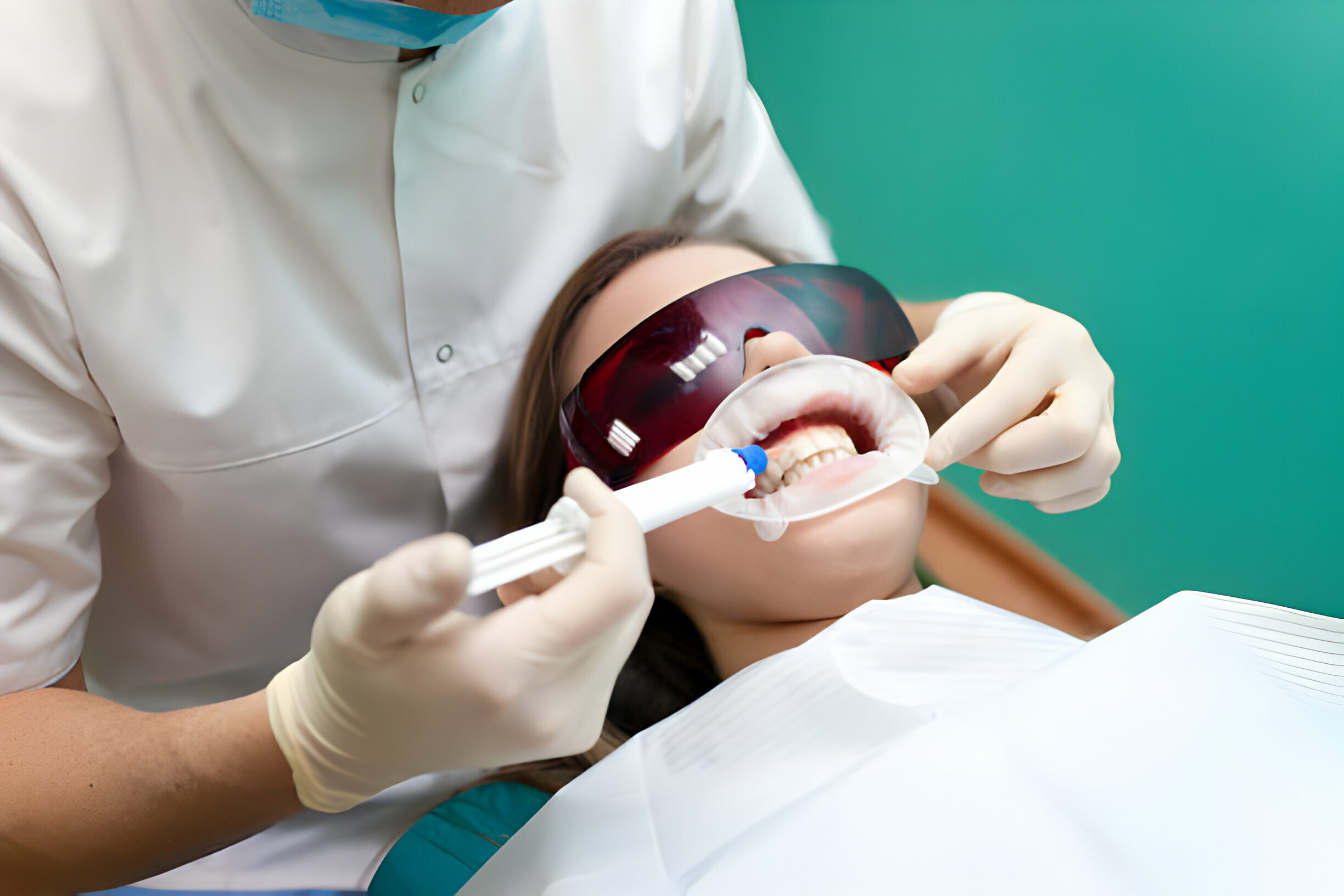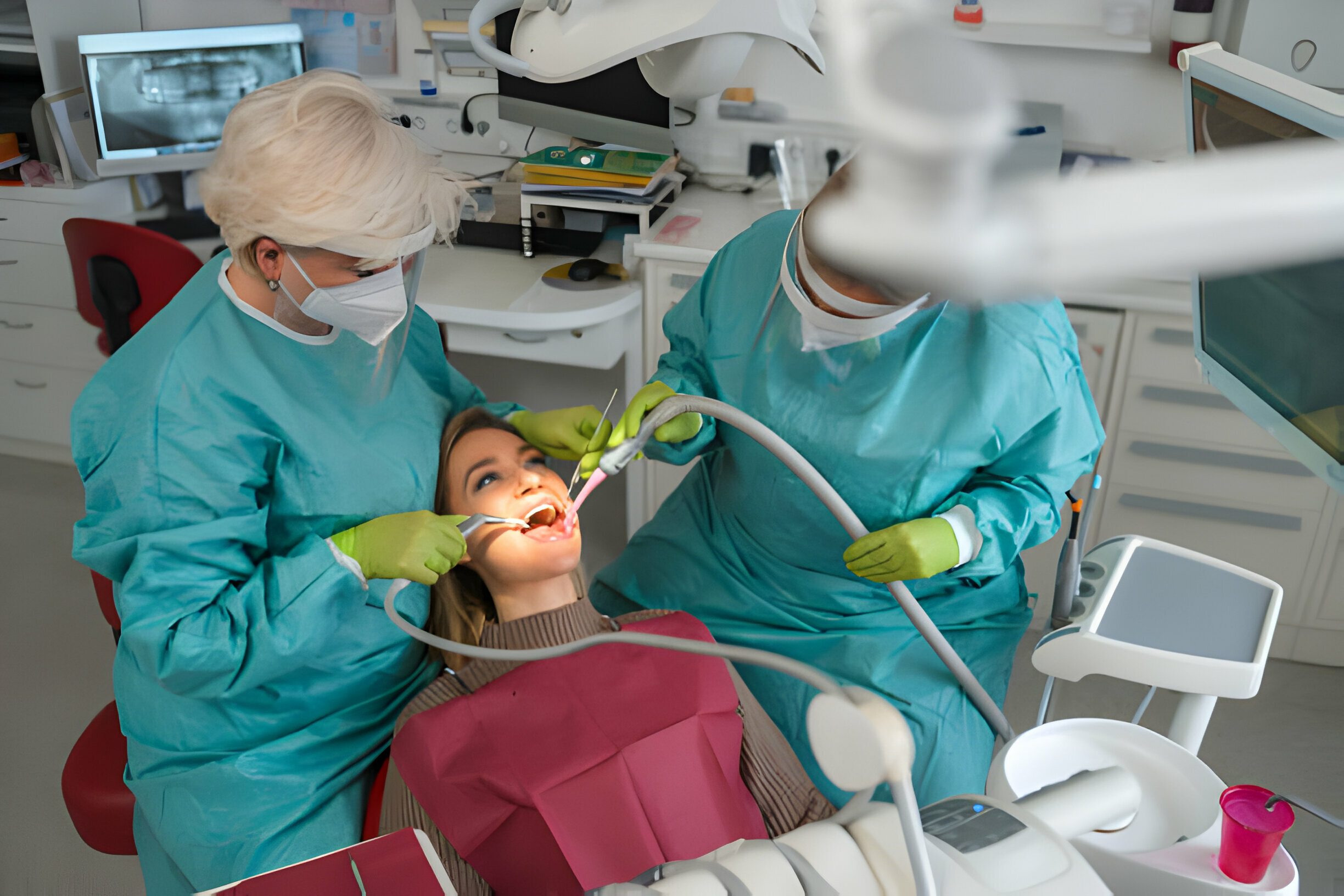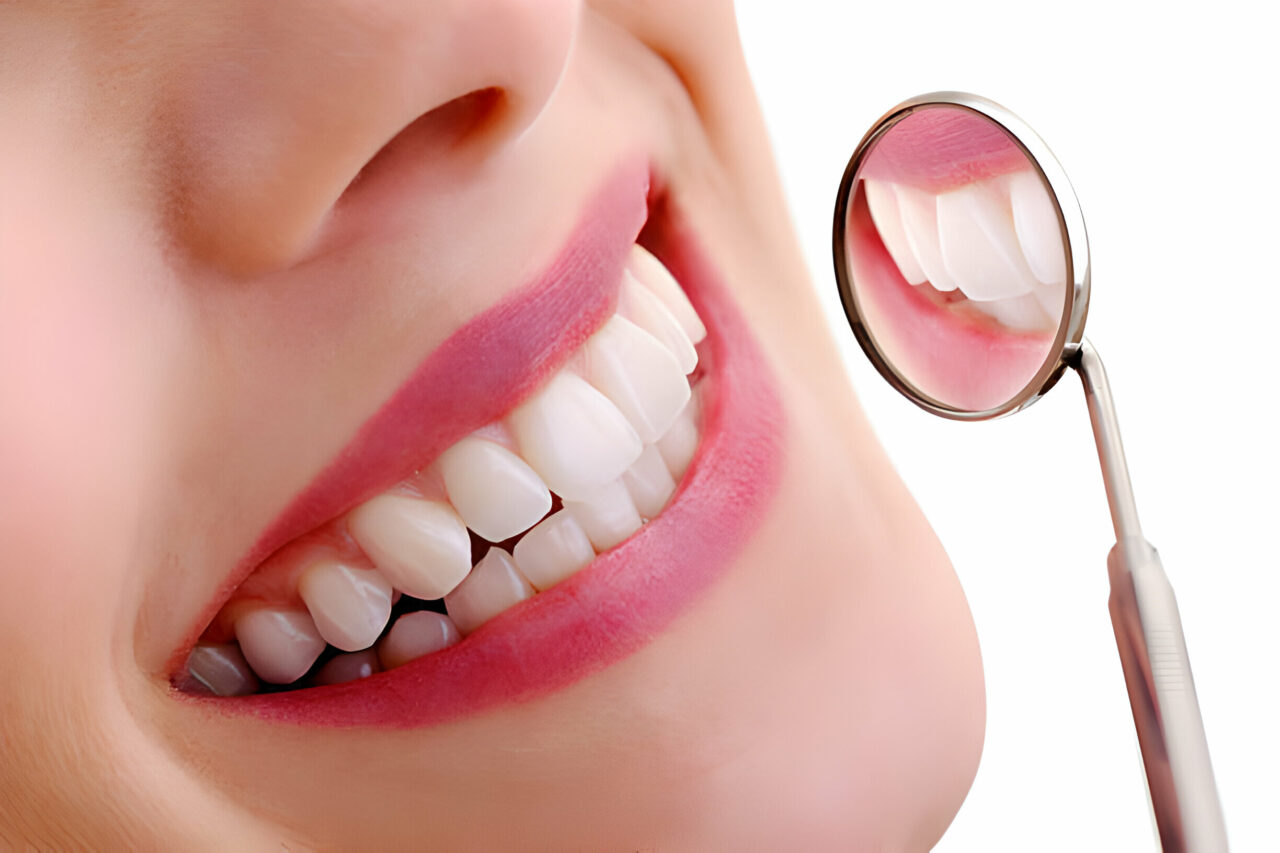Summary
When it comes to teeth whitening procedures, most individuals have a common misconception – the teeth will remain white no matter what they eat.
Interestingly, however, that’s not the case!

While teeth whitening products and procedures can enhance the brightness of your smile, maintaining your pearly whites requires additional effort. Once you undergo the treatment for teeth whitening in Charlotte, NC, you must avoid specific food items that reverse the procedure.
Based on our research around different food items, this blog explores options for keeping your cavity white while eating the proper diet. The following sections explore:
- Teeth Whitening – You Go-to Approach to Pearly Whites!
- How Long Does It Take for Foods to Whiten Teeth?
- Other Natural Teeth Lighten Home Remedies
- Bright Smile = More Efforts
Continue reading as we learn more about whitened smiles in the following sections.
Teeth Whitening – You Go-to Approach to Pearly Whites!
Teeth whitening is a cosmetic procedure to enhance a smile’s appearance. It usually involves using peroxide-based bleaching agents. The available DIY home kits contain 3% to 20% peroxide, while the in-office systems contain 15% to 43% peroxide.
Everyone appreciates the appearance of freshly whitened teeth! Whether it’s a DIY whitener or you have done professional teeth whitening dental treatment, teeth whitening can dramatically enhance smile aesthetics.
However, undergoing the treatment isn’t the end of the procedure. Individuals must ensure proper care and restrict their diet to maintain flawless smiles.
6 Food Items to Avoid for Better Whitening Results
Various foods can contribute to tooth discoloration and stain the teeth, compromising the results of whitening procedures.
Here is a list of foods that stain teeth after whitening which you must avoid to ensure the longevity of the whitening procedure:
1. Dark Colored Foods
Like blueberries, blackberries, and raspberries, berries are packed with antioxidants and offer numerous health benefits. However, their deep-colored pigments can easily stain your teeth. Other vegetables like tomatoes, beets, and even your favorite bar of chocolate can stain your cavity.
Besides, here are some food items that you must avoid within 24 hours of teeth whitening:
- Dark soup
- Soya sauce
- Mustard
- Turmeric drink
- Curry
- Hot sauces
- Tomato sauces
2. Acidic Foods
Acidic foods are the biggest no-no’s after you have newly whitened your cavity. The whitening process involves using hydrogen peroxide, which weakens the enamel. Acidic foods can further weaken the enamel, increasing sensitivity to hot or cold foods.
Some of the everyday food items that you must avoid include tomatoes, pineapples, pickled foods such as pickles or sauerkraut, processed meats, and balsamic vinegar. Other food items include fruits like oranges, green apples, lemons, grapes, limes, and others. Certain dark-colored foods, like soy sauces, are also acidic, so try to avoid them.

3. Colored Beverages
Beverages that contain tannins, like tea and coffee, can stain your teeth. Tannins help stains stick to the tooth surface and penetrate the pores. These beverages are acidic and can erode tooth enamel over time, making it easier for the stains to set in.
If you can’t imagine starting your day without coffee, try adding milk to minimize its impact on whitened teeth. It would also help to choose iced drinks and use a straw to reduce contact with your front teeth. Opt for water or lighter-colored beverages without artificial coloring as a healthier alternative.
4. Red Wine
Of all the wines, red wine is known for its heart-healthy benefits, but it contains rich pigments that can contribute significantly to tooth discoloration. To reduce the impact on your cavity, try sipping water alongside your wine to wash away the staining pigments.
5. Sugar-Rich Foods
Cookies, cakes, chocolates, and ice cream contain refined sugar, which attracts bacteria, including the bacteria responsible for staining the cavity. They weaken the enamel, eventually leading to decay. Your teeth will be more sensitive and porous after the treatment, so it’s better to avoid eating these sugary treats right after and for some time.
6. Tobacco
Apart from other negative impacts of tobacco on your health, smoking also affects the health of the cavity and gums. Smoking and tobacco cause graying and staining of the enamel, thereby risking your newly shining teeth.
How Long Does It Take for Foods to Whiten Teeth?
It is unclear how long it takes for these meals to whiten teeth. There is no study into the predicted time frame. However, natural cures generally take longer than commercial ones.
It also relies on the natural hue of your cavity. If your’s are heavily discolored, noticing food whitening results will take longer. The same applies if you consume a lot of meals that discolor your teeth.
Other Natural Teeth Lighten Home Remedies
Brush and floss regularly
Brushing and flossing daily is one of the most effective strategies to keep your teeth white. Brush twice daily.
Brush your teeth for 2 minutes on the outside, inside, and top. This will brush away stains and eliminate dirt and germs that cause cavities. Flossing between your teeth once a day will help eliminate plaque and bacteria.
Brush with baking soda
Baking soda is a common tooth-whitening treatment. It is inherently abrasive. Thus, stains may be manually removed. It’s a popular element in whitening toothpaste.
Prepare a paste of equal parts water and baking soda to brighten your teeth. Use your toothbrush to massage it on your teeth for 1 minute before spitting it out.
Brush with mustard oil and salt
Mustard oil and salt is a traditional Ayurvedic tooth whitening treatment. The premise is that mustard oil may eliminate plaque and stains. It may be used independently in a procedure known as oil pulling. According to proponents, oil pulling decreases plaque and germs.
Salt can be used to increase the whitening effect. Its abrasive roughness is said to erase stains mechanically. Salt also raises the pH of saliva, which may have antimicrobial properties. One approach to utilize this cure is to mix 3 parts mustard oil with 1 part salt. Rub the mixture on your teeth for 1 minute before spitting it out.

Rinse with hydrogen peroxide
Hydrogen peroxide is another common option used in teeth whitening dental treatment. It is a standard product in commercial whitening products. You can create it by combining equal amounts of hydrogen peroxide and water to use it as a teeth-lightening agent.
After 30 seconds of swishing the solution around in your mouth, spit it out. Making a baking soda paste with hydrogen peroxide rather than water is an additional choice.
Bright Smile = More Efforts
Achieving and maintaining a bright, white smile requires a holistic approach that includes proper oral hygiene practices and mindful dietary choices. By avoiding or minimizing the consumption of the six foods mentioned above, you can enhance the effectiveness of your teeth-whitening efforts and enjoy a radiant smile for years to come.
Remember, moderation is vital, and maintaining good oral habits will contribute to the long-term success of your teeth whitening journey. Never miss out on regular checkups with your dentist in Charlotte, NC.
Takeaway
- Teeth whitening is a cosmetic procedure that uses peroxide-based bleaching agents to improve your smile.
- Brush your teeth thoroughly to avoid any stains on the cavity. Thorough brushing keeps away stains and eliminates dirt and germs that cause cavities.
- Visit our Smile Charlotte professionals to learn more about smile treatment today!


